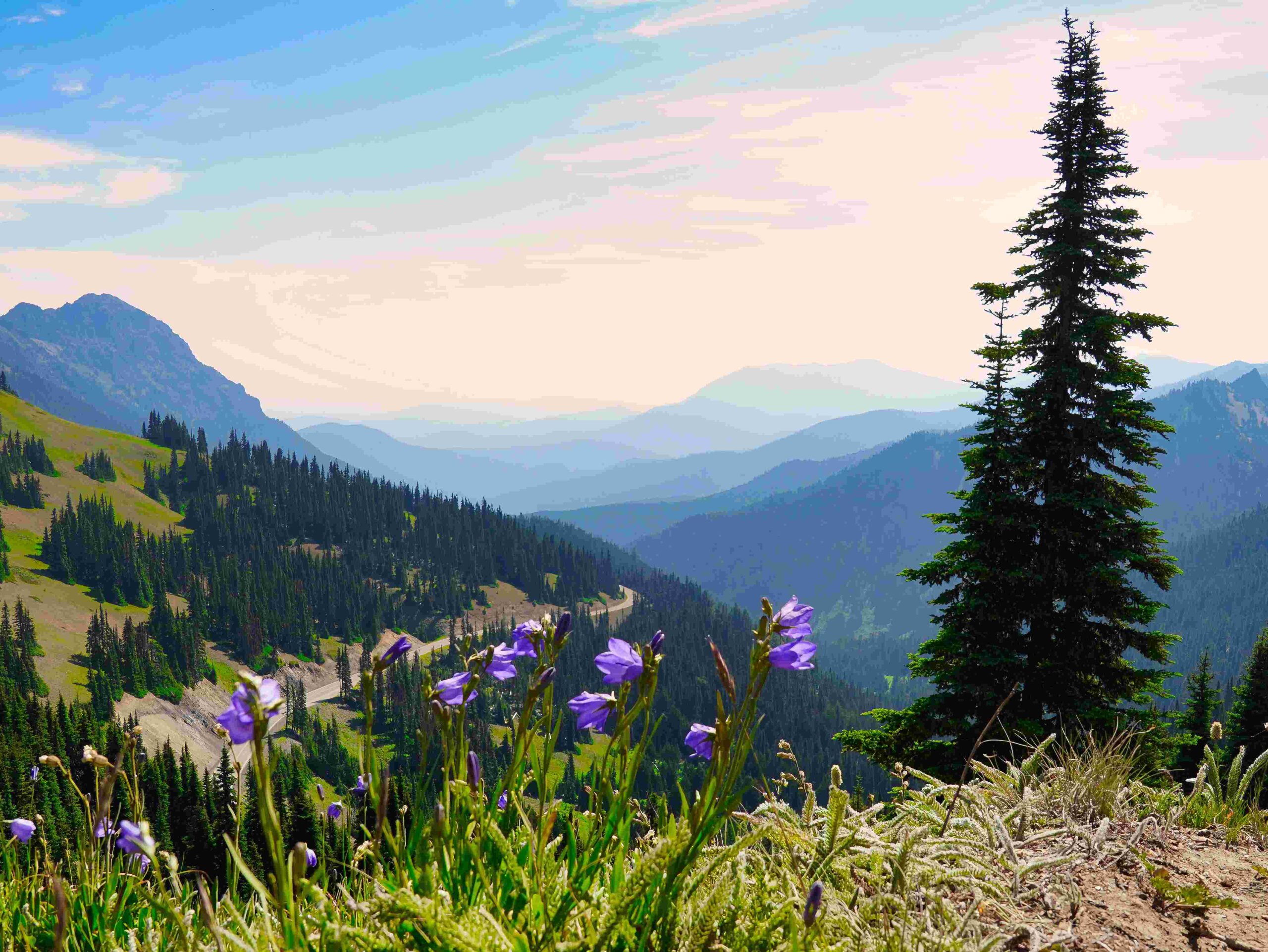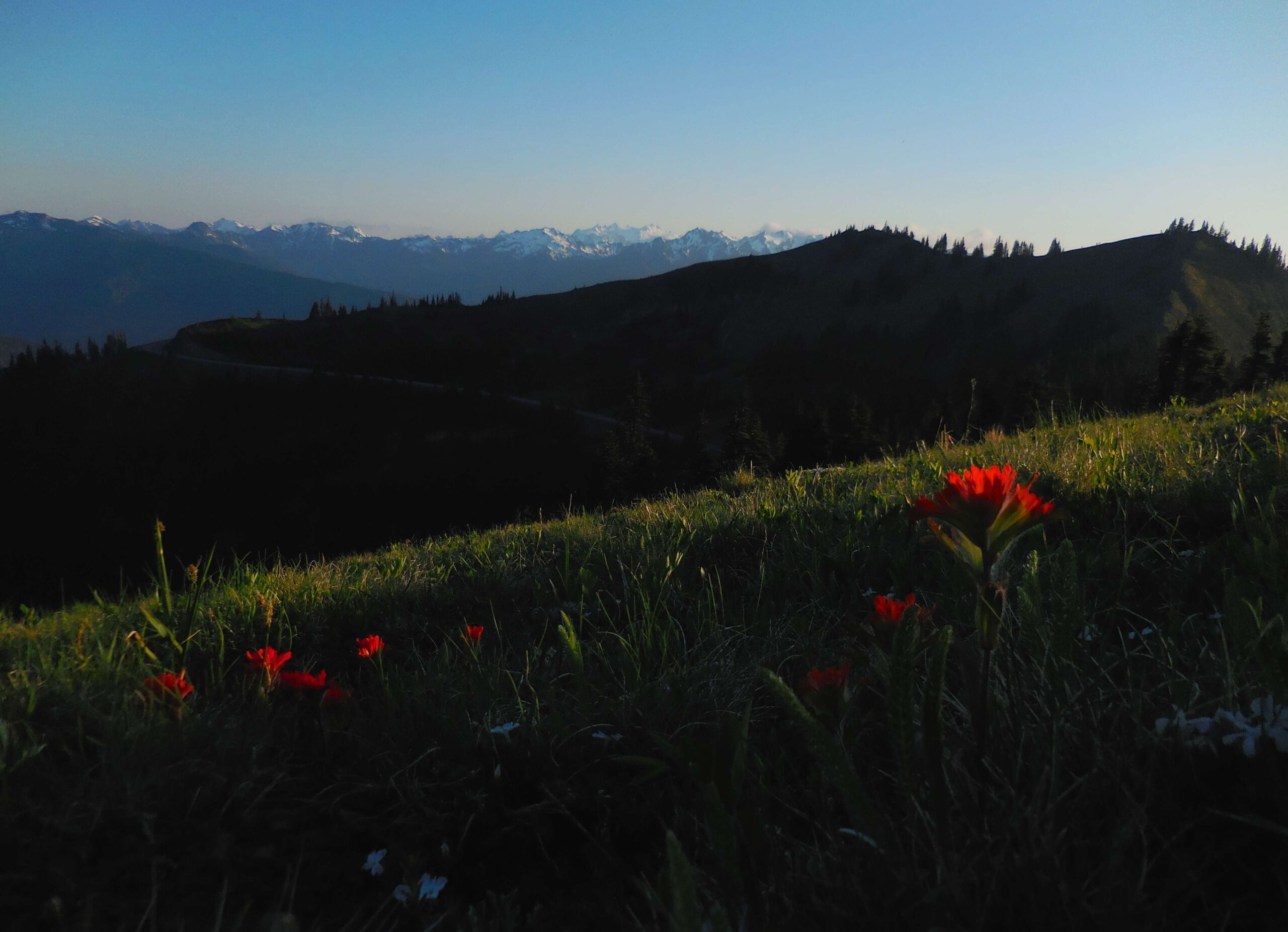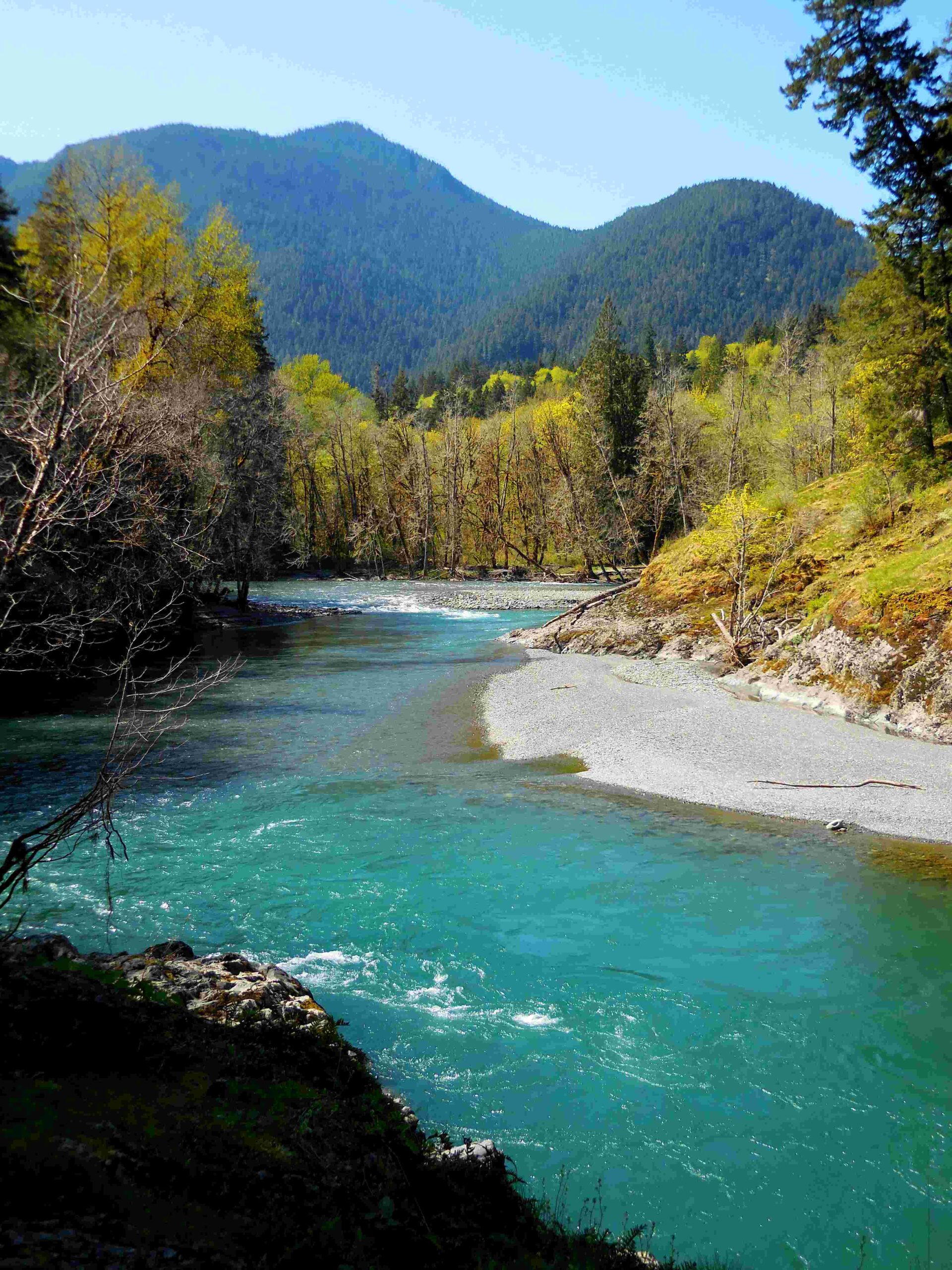Olympic National Park in Washington state is renowned for its lush, moss-covered trees that create an enchanting, emerald landscape. This unique ecosystem, particularly prominent in the Hoh Rainforest, showcases ancient trees draped in vibrant green moss, ferns, and lichens. The park’s temperate rainforest climate, with high annual rainfall and mild temperatures, provides the perfect conditions for these moss-laden giants to thrive, creating a mystical atmosphere that draws visitors from around the world.
What Are the Most Common Moss-Covered Tree Species in Olympic National Park?

The Olympic National Park is home to several tree species that are frequently adorned with moss:
- Sitka Spruce
- Western Hemlock
- Bigleaf Maple
- Western Red Cedar
- Douglas Fir
These trees serve as hosts to various moss species, including:
- Stair-step moss
- Cattail moss
- Spike mosses
- Club mosses
The combination of these trees and mosses creates the iconic green canopy that the park is famous for.
Why Are Moss-Covered Trees Ecologically Important?

Moss-covered trees play a crucial role in the Olympic National Park ecosystem:
-
Moisture Retention: Mosses act like sponges, absorbing and retaining moisture from the air and rainfall. This helps maintain the humid environment necessary for many species to thrive.
-
Habitat Creation: The moss layers provide habitats for numerous small organisms, including insects, spiders, and microorganisms.
-
Nutrient Cycling: As mosses grow, die, and decompose, they contribute to the nutrient cycle of the forest floor.
-
Seedling Nurseries: Fallen moss-covered logs often serve as nurseries for tree seedlings, providing a nutrient-rich environment for new growth.
-
Air Quality Improvement: Mosses can absorb pollutants from the air, acting as natural air purifiers.
Where Are the Best Trails to See Moss-Covered Trees?
To experience the moss-covered trees of Olympic National Park, consider these trails:
- Hall of Mosses Trail
- Location: Hoh Rainforest
- Length: 0.8 miles
- Difficulty: Easy to moderate
-
Features: Iconic moss-draped trees, interpretive signs
-
Spruce Nature Trail
- Location: Hoh Rainforest
- Length: 1.2 miles
- Difficulty: Easy
-
Features: Giant spruces and hemlocks covered in moss
-
Queets River Trail
- Location: Queets Rainforest
- Length: 16.2 miles round trip
- Difficulty: Moderate to challenging
- Features: Massive Sitka spruces and Douglas firs with moss, fewer crowds
What Is the Best Time to Visit Olympic National Park for Moss Viewing?
The best time to visit Olympic National Park for moss viewing depends on your preferences:
| Season | Pros | Cons |
|---|---|---|
| Spring (March-May) | Lush, vibrant moss; fewer crowds | Potential for rain |
| Summer (June-August) | Warmer temperatures; longer daylight hours | Peak tourist season; crowded trails |
| Fall (September-November) | Beautiful fall colors; fewer crowds | Increased chance of rain |
| Winter (December-February) | Peaceful atmosphere; potential snow scenes | Cold temperatures; limited access to some areas |
While the park is open year-round, the mosses are most vibrant during the wetter months of late fall, winter, and early spring.
How Can Visitors Protect the Moss-Covered Trees?
To help preserve the delicate moss ecosystem:
- Stay on designated trails
- Do not touch or remove moss from trees
- Practice Leave No Trace principles
- Use designated campsites only
- Avoid climbing on fallen logs covered in moss
What Photography Tips Can Enhance Moss Tree Images?
To capture the beauty of Olympic National Park’s moss-covered trees:
- Use a tripod for stability in low-light forest conditions
- Experiment with macro photography to highlight moss details
- Shoot during the ‘golden hour’ for warm, soft lighting
- Include a person or object for scale to showcase the trees’ size
- Use a polarizing filter to reduce glare and enhance colors
Are There Guided Tours Available for Moss Tree Exploration?
Yes, Olympic National Park offers several options for guided moss tree exploration:
- Ranger-Led Walks: Free walks led by park rangers, focusing on forest ecology
- Private Guided Tours: Available through authorized concessioners
- Educational Programs: Offered at visitor centers, covering various park topics
Check the park’s official website or inquire at visitor centers for current schedules and availability.
What Facilities Are Available for Visitors Exploring Moss-Covered Areas?
Visitors exploring the moss-covered areas of Olympic National Park can access:
- Visitor Centers (Hoh Rainforest, Olympic, Kalaloch)
- Restrooms at trailheads and visitor centers
- Parking areas near popular trails
- Picnic areas in designated locations
- Campgrounds for overnight stays (reservations may be required)
Always check the park’s official website for the most up-to-date information on facility availability and conditions.
Remember to respect the fragile ecosystem and follow park guidelines to ensure the preservation of Olympic National Park’s magnificent moss-covered trees for future generations to enjoy.
References:
1. https://www.nps.gov/olym/learn/nature/mosses.htm
2. https://www.lucascometto.com/cascadia-olympic-peninsula
3. https://www.malteclavin.com/en/usa-olympic-national-park/

